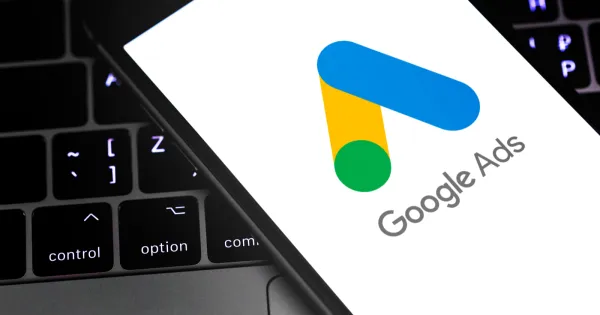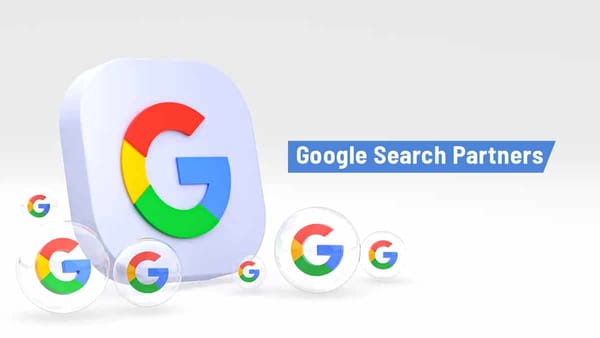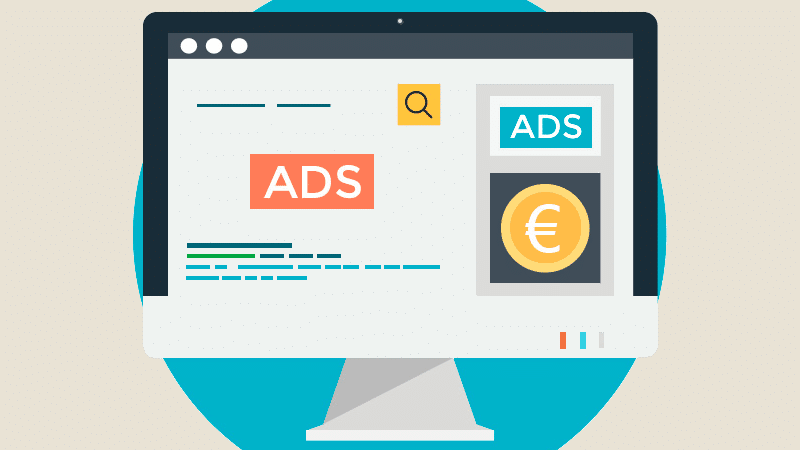Digital Marketing and Traditional Marketing: Comparing Approaches

Introduction
Marketing has always been the backbone of business success, whether through word-of-mouth, print ads, or online strategies. With the rise of the digital age, digital marketing has become a cornerstone of modern business strategies. However, traditional marketing techniques still have a place in the marketing ecosystem. The question remains: how do digital marketing and traditional marketing compare? This article explores the key differences, advantages, and challenges of both approaches, helping businesses decide which methods to use for the most effective marketing strategy.
1. Understanding Digital Marketing and Traditional Marketing
What is Digital Marketing?
Digital marketing encompasses all marketing efforts that use electronic devices or the internet. This includes strategies like content marketing, search engine optimization (SEO), social media marketing, email marketing, and pay-per-click (PPC) advertising. The key feature of digital marketing is its ability to reach a large audience online and track the effectiveness of campaigns in real-time.
What is Traditional Marketing?
Traditional marketing includes conventional methods such as print ads (newspapers, magazines), broadcast ads (TV and radio), direct mail, billboards, and telemarketing. These methods have been in use for decades and still hold value, especially in certain industries or target markets.
2. Key Differences Between Digital Marketing and Traditional Marketing
- Reach and Accessibility
Digital marketing allows businesses to reach a global audience with just a few clicks. Social media platforms, email marketing, and search engines are accessible from virtually anywhere in the world, offering instant global reach. Traditional marketing, on the other hand, is more localized and typically requires a significant budget to reach broader audiences through television, print, or radio ads. - Cost Efficiency
One of the main advantages of digital marketing is its cost-effectiveness. Compared to traditional marketing, which often involves significant spending on TV spots, radio ads, and printed materials, digital marketing can be far more budget-friendly. Small businesses can compete with larger corporations using digital platforms, where the cost of running ads can be adjusted based on the budget. Traditional marketing, on the other hand, tends to have higher upfront costs, with less flexibility to adjust spending. - Targeting and Personalization
Digital marketing excels in its ability to target specific audiences based on demographics, location, behavior, and interests. Tools like Google Ads and Facebook Ads offer incredibly precise targeting options. Traditional marketing is often broader and more generalized, relying on mass media to reach as many people as possible without knowing if they are the right target for the product. - Measurability and Analytics
One of the biggest advantages of digital marketing is its ability to track and measure results. Marketers can analyze website traffic, ad performance, email open rates, and customer behavior using tools like Google Analytics. Traditional marketing offers less concrete data, making it difficult to gauge the exact effectiveness of a campaign, although techniques like surveys and tracking phone calls can provide some insights.
3. Advantages of Digital Marketing Over Traditional Marketing
- Real-Time Interaction and Engagement
With digital marketing, businesses can interact with customers in real-time. Social media platforms enable businesses to answer questions, resolve complaints, and engage with their audience instantly. Traditional marketing, by contrast, does not offer this level of real-time interaction, and businesses must rely on other methods, such as customer service phone lines or in-person communication. - Scalability and Flexibility
Digital marketing campaigns can be scaled up or down based on the performance of the campaign. For example, a company can start with a small social media ad campaign and, depending on its success, increase the budget or broaden the scope. Traditional marketing is often less flexible. For example, running a TV ad or printing a large batch of flyers is a fixed commitment that requires a considerable investment upfront. - Speed of Execution
Digital marketing campaigns can be set up and executed in a matter of hours or days, making it much quicker to launch new initiatives. For example, creating an email marketing campaign or social media post can be done in no time. Traditional marketing methods can take longer to plan and execute, especially when it comes to printing materials or coordinating broadcast schedules.
4. Advantages of Traditional Marketing Over Digital Marketing
- Brand Recognition and Trust
Traditional marketing often carries a higher perceived level of credibility. Consumers tend to trust established forms of media like newspapers, TV, and radio, especially when it comes to local businesses. These outlets have been around for decades, and many people have a level of comfort and trust in the message conveyed through these channels. Digital marketing, on the other hand, may not always carry the same level of perceived trust, especially when ads appear in a flood of online content. - Tangibility and Physical Presence
Traditional marketing techniques like direct mail, billboards, or print ads offer physical touchpoints that digital marketing cannot replicate. These tactile forms of advertising can leave a lasting impression and provide an opportunity for customers to engage with the message in a more personal, physical way. - Local Targeting and Specific Demographics
While digital marketing offers global reach, traditional marketing can be more effective in reaching localized audiences. For example, running a newspaper ad or a radio spot might be more beneficial for businesses that serve a specific geographic area. Certain demographics, like older generations, may be less active online, making traditional marketing methods more effective in those cases.
5. Combining Digital and Traditional Marketing for Maximum Impact
While both digital and traditional marketing have their unique strengths, many businesses find success by using a hybrid approach. Here’s how combining the two can benefit your marketing strategy:
- Cross-Promoting Between Channels
An effective strategy can involve using traditional marketing to promote digital platforms. For example, a business could print a QR code on a billboard or magazine ad that leads to an online promotion. Similarly, social media campaigns can encourage users to visit physical stores or attend in-person events. - Targeting Different Audience Segments
By combining both approaches, businesses can reach a broader range of audience segments. Younger consumers who are more tech-savvy may respond well to digital ads, while older customers who prefer traditional methods can be targeted through direct mail, TV ads, or radio. - Maximizing Reach and Engagement
By using both strategies in tandem, businesses can maximize their marketing reach and increase engagement across multiple touchpoints. This gives businesses the ability to cover both online and offline channels effectively, ensuring they meet customers where they are.
6. Conclusion
Both digital and traditional marketing play important roles in the modern business landscape. While digital marketing is crucial for reaching today’s online-savvy consumers, traditional marketing methods still have value, especially for building trust and reaching certain demographic groups. The key to success lies in finding the right balance between the two, creating a marketing strategy that leverages the unique strengths of each method. By blending digital marketing’s flexibility, real-time engagement, and cost-effectiveness with traditional marketing’s credibility and broad reach, businesses can achieve long-term growth and success.




